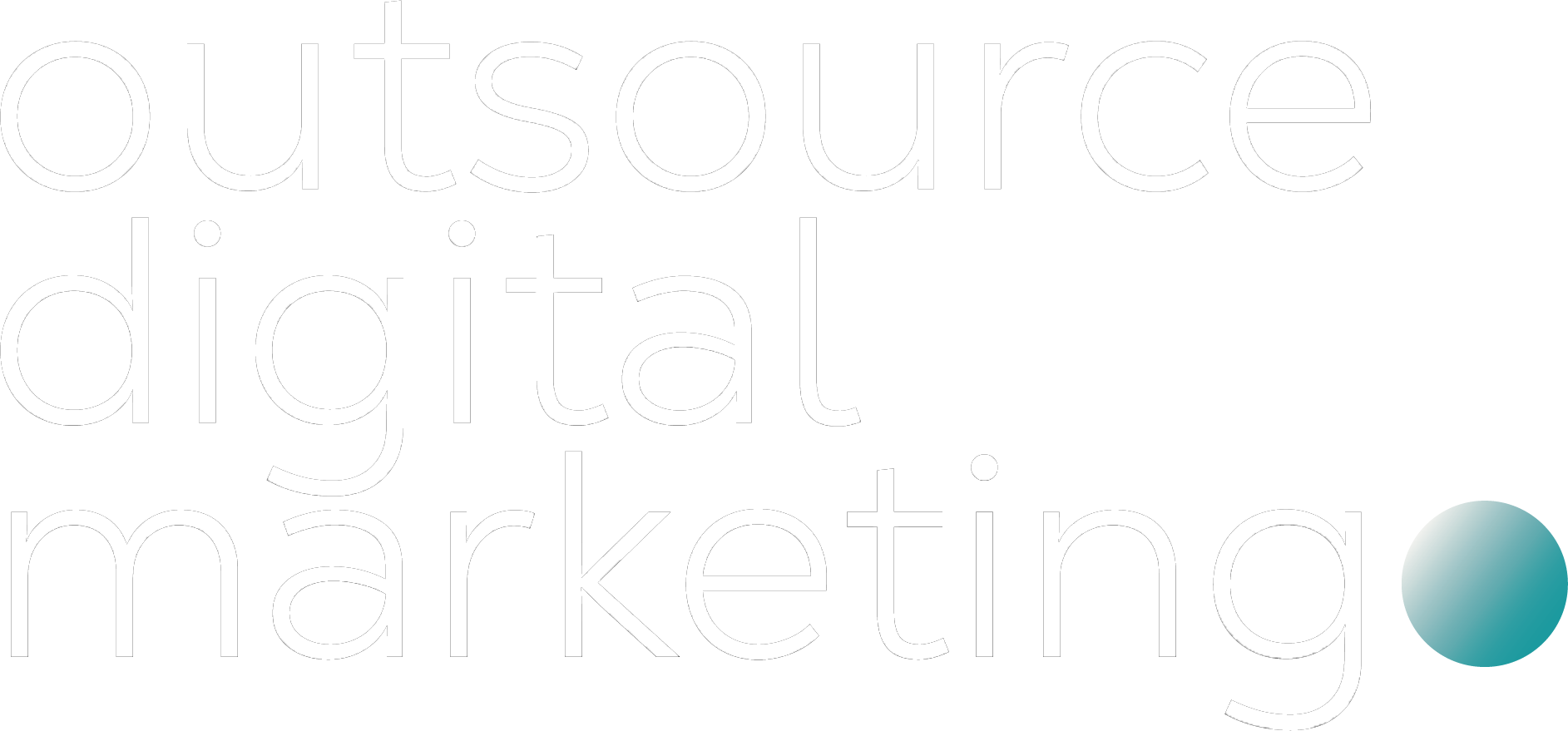A real-world CRO playbook to turn clicks into customers.
By Juan Diaz, OSDM.ie
Why Most CRO Advice Falls Short
“CRO” gets tossed around by agencies like it’s a magic trick.
One minute they’re talking about “conversion funnels”, “behaviour mapping”, and “data-driven UX”, and the next they’re changing a button from blue to green and calling it strategy. That’s not strategy. That’s guessing with a hex code.
At OSDM, we don’t play that game.
Conversion Rate Optimisation isn’t a gimmick. It’s a process built on research, testing, iteration, and brutal honesty about what’s working and what isn’t. Done right, CRO turns digital noise into real business outcomes.
Done wrong? You’re just decorating a website that doesn’t convert.
What CRO Actually Means
Forget the buzzwords. At its core, CRO (Conversion Rate Optimisation) is the discipline of making your website better at persuading the right people to take the right action – filling out a form, buying a product, subscribing, or clicking “Let’s Talk”.
It’s not about making a site look better. It’s about making it work better.
You do this by identifying friction points, testing smart hypotheses, and obsessing over user behaviour – not your team’s opinions.
Most Agencies Get CRO Wrong
Why? Because they skip the boring stuff: research, testing, iteration.

Instead, they jump to what “feels” right.
But real CRO isn’t guesswork. It’s science – a mix of UX psychology, analytics, testing tools, and humility. You form a hypothesis. You run the test. You let the data decide. Then you do it again.
And again.
How Real CRO Works (Yes, It Takes Time)
We use a structured, repeatable process that turns insights into outcomes.
1. Gather the Right Data
Google Analytics, Hotjar, session recordings, heatmaps – whatever it takes to understand what your users are actually doing (not what you think they’re doing).
2. Form a Hypothesis
Not “we think this button should be bigger”.
Instead: “Users drop off at the form stage – we believe simplifying it will reduce friction”.
3. Run a Test
A/B tests. Multivariate tests. User interviews.
It’s not about changing something and crossing your fingers – it’s about proof.
4. Measure with Meaning
Track the right KPIs. Not just conversion rate, but scroll depth, click-through rate, time on page, and engagement by segment.
5. Iterate
There’s no finish line. Good CRO is never “done”.
7 CRO Practices That Actually Move the Needle
Most “CRO tip” articles give you the same surface-level advice.
Ours are field-tested. Here’s what we do – and what works.

1. Stop Designing for You. Start Designing for Your Users.
Your landing page isn’t about what you like. It’s about what converts.
Strip distractions. Prioritise clarity. Lead with value.
Not sure what matters? Look at heatmaps. Users will show you.
2. Simplify the Form. Then Simplify It Again.
Fewer fields = less friction.
Only ask for what you need to qualify or convert.
Use smart fields, progressive profiling, or even a two-step form to ease commitment.
3. Kill Weak CTAs
“Submit” isn’t a CTA. Neither is “Click Here”.
Write calls-to-action that promise value. Examples:
- “Get My Free Quote”
- “See How It Works”
- “Claim My Spot”
And make sure they’re visible – above the fold, on scroll, in context.
4. Run A/B Tests With a Point
Don’t test random things. Test what your data tells you to.
Examples:
- Headline focused on pain vs. headline focused on solution
- Short vs. long copy
- Form with testimonial vs. without
Always isolate variables. Test one thing at a time.
5. Use Social Proof Like It Matters (Because It Does)
92% of users trust recommendations over brand copy.
If you’ve got:
- Reviews
- Testimonials
- Case studies
- User stats
…use them. Front and centre.
See how we applied this for our B2B client PCP Group →
6. Don’t Sleep on Chatbots
People want answers now.
Chatbots (or live chat during business hours) help reduce bounce, answer objections, and increase qualified leads – especially for service-based businesses.
7. Automate Like You Mean It
Automated workflows (email triggers, reminders, retargeting) keep warm leads engaged and push colder ones toward conversion.
Example: someone downloads a guide? Trigger a nurturing sequence with social proof and a case study CTA. That’s CRO in motion.
The Truth About CRO (That We Won’t Sugar-Coat)
- Not every test will work. You’ll lose some. That’s data too.
- You’re not trying to please everyone – just your best-fit customers.
- It’s not a project. It’s a habit.
- No, changing your CTA to green isn’t going to save your sales funnel.
- Real CRO is slow. But it works.
How We Apply CRO at OSDM
We apply this methodology across our Irish clients in forestry, hospitality, manufacturing, ecommerce, and healthcare.
- A forestry consultancy improved booking conversion by 38% after a form audit and simplified lead flow.
- An ecommerce client increased lead volume by 2.5x by testing landing pages with value-led CTAs and using automated follow-up.
Real businesses. Real numbers. No guesswork.
Ready to Stop Guessing and Take CRO Seriously?
Our CRO process is built to help you understand what’s holding back your conversions – and what to do about it.
CRO isn’t a hunch. It’s a system.
If you’re tired of vanity metrics and half-baked advice, let’s talk.

